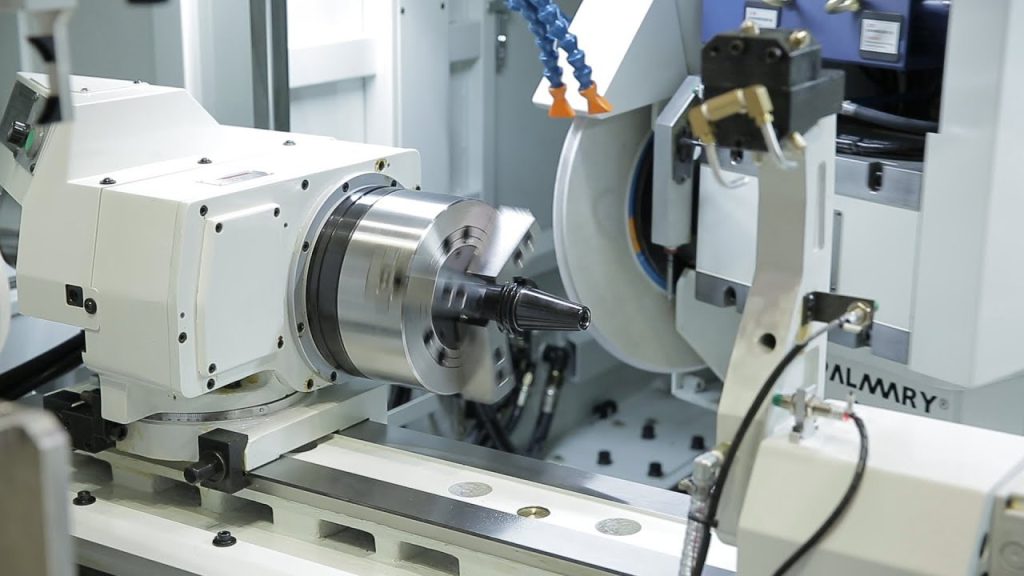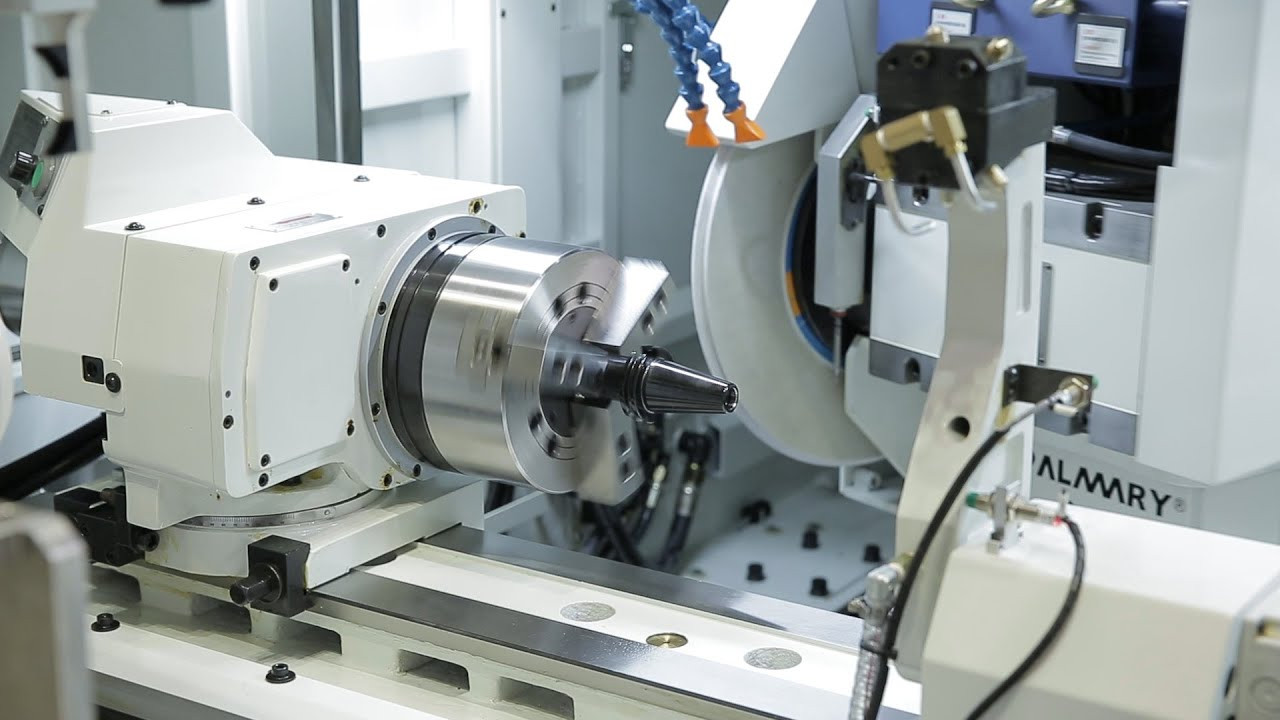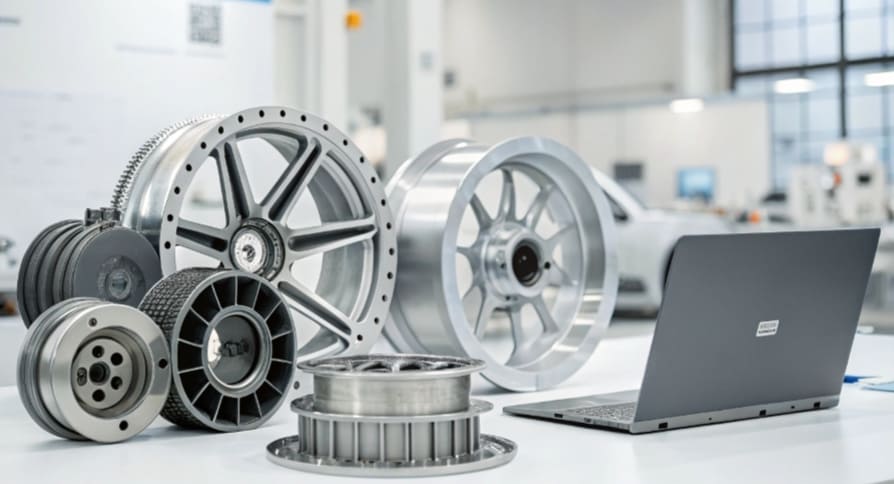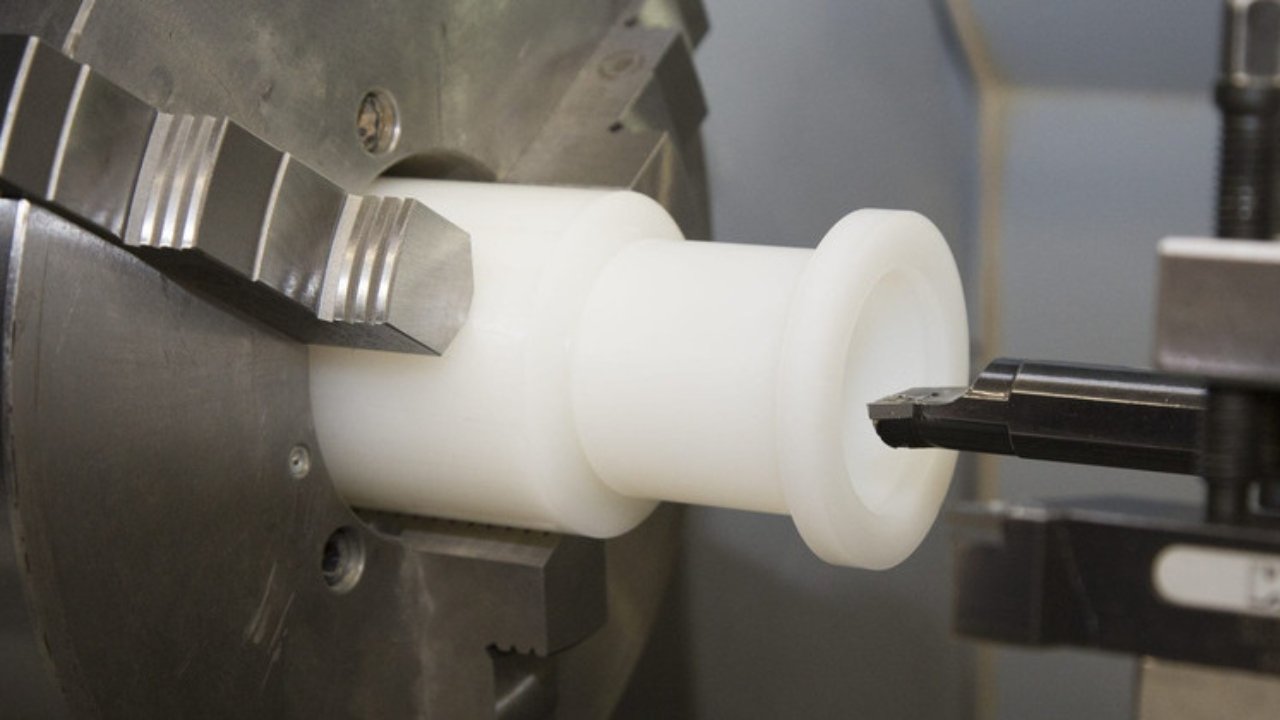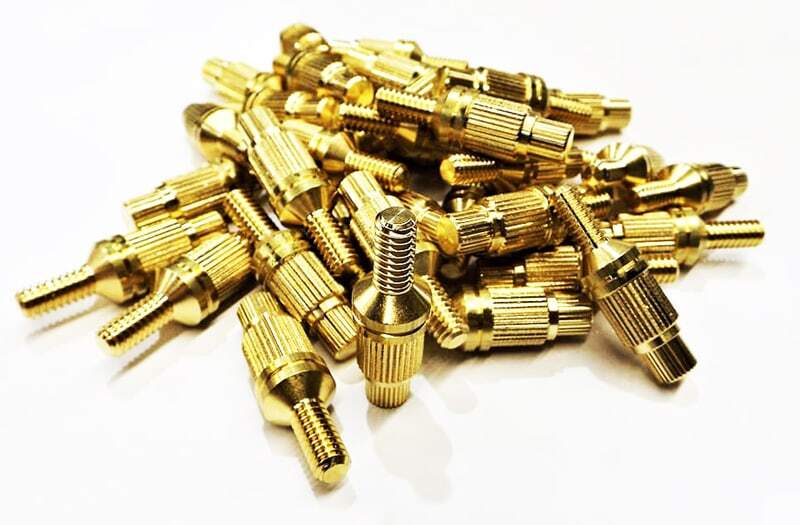Precision Grinding Services for Hardened Tool Steel: Advanced Manufacturing Solutions
The Critical Role of Precision Grinding in Tool Steel Applications
In the world of high-performance manufacturing, precision grinding services for hardened tool steel represent one of the most demanding and technically sophisticated processes available. The ability to achieve micron-level tolerances and superior surface finishes on hardened tool steels separates exceptional manufacturing capabilities from standard machining operations. Precision grinding services for hardened tool steel encompass a range of advanced abrasive processes that transform heat-treated components into high-precision tools, molds, and machine components capable of withstanding extreme operating conditions.
The manufacturing landscape increasingly relies on precision grinding services for hardened tool steel to produce components that maintain dimensional stability under thermal stress, resist wear in aggressive environments, and deliver consistent performance in high-volume production applications. At JLYPT CNC Machining, we have developed specialized expertise in precision grinding services for hardened tool steel, combining state-of-the-art equipment with deep metallurgical knowledge to deliver components that exceed the most demanding specifications.
Understanding Hardened Tool Steel Characteristics for Precision Grinding
Tool Steel Classification and Properties
The successful implementation of precision grinding services for hardened tool steel requires comprehensive understanding of different tool steel grades and their response to abrasive processes:
Cold Work Tool Steels (A, D, O Series)
-
High carbon and chromium content providing exceptional wear resistance
-
Hardness range of 58-62 HRC after heat treatment
-
Good dimensional stability during heat treatment and grinding
-
Primary applications: Blanking dies, forming tools, gauges, and molds
Hot Work Tool Steels (H Series)
-
Tungsten, molybdenum, and vanadium additions for high-temperature strength
-
Red hardness maintaining cutting edges at elevated temperatures
-
Thermal fatigue resistance for cyclic heating and cooling applications
-
Primary applications: Die casting dies, extrusion tools, hot forging dies
High-Speed Steels (M, T Series)
-
Complex carbide structures for superior wear resistance and toughness
-
Excellent red hardness properties for cutting tool applications
-
Multiple secondary hardening during tempering cycles
-
Primary applications: Cutting tools, drills, end mills, broaches
Plastic Mold Steels (P Series)
-
Excellent polishability and texture transfer capabilities
-
Good corrosion resistance for plastic processing environments
-
Uniform hardness distribution throughout cross-sections
-
Primary applications: Injection molds, compression molds, mold bases
Table: Hardened Tool Steel Properties for Precision Grinding Services
| Steel Grade | Hardness (HRC) | Primary Carbides | Toughness | Applications |
|---|---|---|---|---|
| D2 | 58-62 | Cr, Mo, V | Medium | Blanking dies, forming tools |
| H13 | 44-52 | Cr, Mo, V | High | Die casting, extrusion dies |
| M2 | 60-65 | W, Mo, V, Cr | Medium | Cutting tools, drills |
| A2 | 57-62 | Cr, Mo | Good | Gauges, punches, dies |
| S7 | 54-58 | Cr, Mo | Excellent | Shock tools, punches |
Metallurgical Considerations for Precision Grinding
Heat Treatment Effects
-
Martensitic transformation creating the hardened structure susceptible to grinding damage
-
Retained austenite content affecting dimensional stability during and after grinding
-
Carbide distribution and size influencing grindability and surface finish
-
Tempering conditions determining the steel’s response to grinding thermal cycles
Grinding Response Characteristics
-
Thermal conductivity variations affecting heat dissipation during grinding
-
Hardness gradients through the material cross-section
-
Chemical reactivity with grinding wheel abrasives and bonds
-
Residual stress states from previous manufacturing operations
Advanced Grinding Technologies for Hardened Tool Steel
Surface Grinding Processes
Creep-Feed Grinding
-
Full-depth, slow-feed approach removing large volumes in single passes
-
Reduced thermal damage through optimized wheel and parameter selection
-
Superior surface integrity with minimized residual stresses
-
Applications: Complex form grinding, deep slotting, profile generation
Conventional Surface Grinding
-
Reciprocating table movements with incremental down-feed
-
Versatile process for flat surfaces, angles, and simple forms
-
High material removal rates with proper wheel selection
-
Applications: Flat surfaces, parallel faces, square shoulders
Cylindrical Grinding Techniques
OD Grinding Processes
-
Between-center grinding for maximum concentricity and roundness
-
Centerless grinding for high-volume production of cylindrical components
-
Angular wheelhead grinding for complex contours and tapers
-
Applications: Shafts, pins, rollers, cutting tool blanks
ID Grinding Operations
-
Bore grinding for precise internal diameters and surface finishes
-
Planetary grinding for large internal diameters relative to wheel size
-
Profile grinding for complex internal forms and geometries
-
Applications: Bearing bores, die cavities, gauge holes
Specialized Grinding Methods
Jig Grinding
-
High-precision bore and contour grinding with coordinate positioning
-
Exceptional accuracy achieving tolerances within 0.0001 inches
-
Complex geometry capability including intricate profiles and forms
-
Applications: Mold bases, die sets, precision fixtures
Profile Grinding
-
CNC-controlled wheel dressing for complex form replication
-
Consistent geometry maintenance across multiple components
-
Automated wheel wear compensation for extended production runs
-
Applications: Gear teeth, splines, thread forms, cutting edges
Technical Parameters for Precision Grinding Services for Hardened Tool Steel
Grinding Wheel Selection Criteria
Abrasive Grain Types
-
Aluminum Oxide (Al₂O₃): General purpose for most tool steels, good toughness
-
Silicon Carbide (SiC): Harder and sharper, suitable for lower toughness steels
-
Cubic Boron Nitride (CBN): Superior performance for high-speed steels, long life
-
Diamond: Excellent for carbide-containing steels, superior wear resistance
Wheel Bond Systems
-
Vitrified bonds: Porous structure for cool cutting, easily dressed
-
Resin bonds: Good shock absorption, suitable for rough grinding
-
Metal bonds: Excellent wheel life, used with diamond and CBN
-
Hybrid bonds: Combining benefits of multiple bond types
Wheel Grade and Structure
-
Grade selection: Ranging from soft (for hard materials) to hard (for soft materials)
-
Structure density: Open structures for better chip clearance, dense for form holding
-
Grain spacing: Affecting material removal rates and surface finish
-
Bond strength: Determining wheel wear characteristics and dressing frequency
Table: Grinding Parameters for Precision Grinding Services for Hardened Tool Steel
| Process Type | Wheel Speed (m/s) | Feed Rate (mm/pass) | Depth of Cut (μm) | Coolant Type |
|---|---|---|---|---|
| Surface Grinding | 25-35 | 5-20 | 5-25 | Synthetic |
| Cylindrical OD | 30-45 | 0.1-0.5 | 2-15 | Semi-synthetic |
| Cylindrical ID | 20-30 | 0.05-0.2 | 1-8 | Soluble Oil |
| Creep-Feed | 15-25 | 50-200 | 100-1000 | High-pressure |
| Jig Grinding | 15-25 | 0.01-0.1 | 0.5-5 | Oil-based |
Coolant and Lubrication Strategies
Coolant Selection Criteria
-
Heat removal capacity to prevent thermal damage to the workpiece
-
Lubricity properties reducing grinding forces and wheel wear
-
Rust prevention for ferrous materials during and after processing
-
Environmental considerations including disposal and operator safety
Application Methods
-
Flood cooling for general purpose grinding operations
-
High-pressure systems for creep-feed and deep grinding
-
Through-wheel coolant for maximum cooling at the grinding interface
-
Mist cooling for specialized applications and clean work environments
Quality Assurance in Precision Grinding Services for Hardened Tool Steel
Dimensional Metrology and Verification
Advanced Measurement Systems
-
Coordinate Measuring Machines (CMM) with temperature compensation
-
Form measuring instruments for roundness, straightness, and flatness
-
Surface roughness testers with both contact and non-contact capabilities
-
Optical comparators for rapid profile verification and feature location
In-Process Monitoring
-
Laser measurement systems for real-time dimensional verification
-
Acoustic emission sensors detecting wheel-workpiece contact and condition
-
Power monitoring for detection of wheel wear and process anomalies
-
Thermal imaging for heat management and burn prevention
Surface Integrity Assessment
Microstructural Evaluation
-
Metallographic examination for detection of grinding burns and microcracks
-
Etching techniques revealing thermal damage and altered microstructures
-
Hardness testing micro-indentation for heat-affected zone characterization
-
X-ray diffraction for residual stress measurement and analysis
Surface Topography Analysis
-
White light interferometry for comprehensive 3D surface characterization
-
Scanning electron microscopy for micro-feature and defect analysis
-
Profilometer tracing for surface roughness parameters and waviness
-
Visual inspection under controlled lighting for defect identification
Case Studies: Precision Grinding Services for Hardened Tool Steel Applications
Case Study 1: High-Precision Stamping Die Components
Challenge: A automotive manufacturer required precision grinding services for hardened tool steel for progressive stamping die components with critical clearances of 0.0025mm and surface finishes of 0.1μm Ra. The D2 tool steel components had undergone vacuum heat treatment to 60 HRC and required maintenance of sharp cutting edges with radius limitations of 0.005mm.
Precision Grinding Services for Hardened Tool Steel Solution:
JLYPT implemented a comprehensive grinding strategy:
-
CNC jig grinding for precise hole patterns and location accuracies within 0.003mm
-
Form grinding with diamond-dressed CBN wheels for complex punch profiles
-
In-process measurement with touch probe systems for real-time compensation
-
Progressive grinding approach with stress relief between operations
-
Final micro-grinding with fine-grit wheels for superior edge quality
Results:
-
Achieved clearance dimensions of 0.0023mm with consistency of ±0.0005mm
-
Surface finish of 0.08μm Ra exceeded specification requirements
-
Cutting edge radii maintained at 0.004mm with no micro-chipping
-
Tool life increased by 35% compared to previous manufacturing methods
Case Study 2: Plastic Injection Mold Cavities
Challenge: A medical device manufacturer needed precision grinding services for hardened tool steel for complex injection mold cavities in NAK80 pre-hardened steel. The components required optical-quality surface finishes better than 0.05μm Ra with intricate details and sharp internal corners.
Precision Grinding Services for Hardened Tool Steel Solution:
Our specialized approach included:
-
Multi-axis CNC profile grinding for complex 3D cavity forms
-
Electrolytic in-process dressing (ELID) for maintaining wheel sharpness
-
Cryogenic cooling to prevent thermal distortion in thin-walled sections
-
Step-over optimization for seamless surface transitions
-
Automated polishing integration following grinding operations
Results:
-
Surface finish of 0.03μm Ra achieved on critical molding surfaces
-
Form accuracy maintained within 0.005mm across entire cavity
-
50% reduction in manual polishing time through superior ground finishes
-
Successful production of 2 million parts with maintained dimensional stability
Case Study 3: Cutting Tool Regrinding and Reconditioning
Challenge: An aerospace manufacturer required precision grinding services for hardened tool steel for reconditioning M42 high-speed steel end mills that had experienced wear and damage during titanium machining. The tools needed restoration of complex flute geometries, cutting edges, and clearance angles while maintaining the original performance characteristics.
Precision Grinding Services for Hardened Tool Steel Solution:
JLYPT’s comprehensive reconditioning strategy featured:
-
5-axis CNC tool grinding with specialized software for flute geometry replication
-
CBN wheel technology for efficient material removal without thermal damage
-
Laser measurement of existing tools for reverse engineering of worn geometries
-
Custom wheel dressing for precise profile generation of cutting edges
-
Post-grinding treatment including micro-blasting and coating preparation
Results:
-
Cutting edge restoration achieving 95% of new tool performance
-
Flute geometry accuracy within 0.01mm of original specifications
-
70% cost savings compared to new tool replacement
-
Consistent tool life across multiple reconditioning cycles
Technical Challenges and Solutions in Precision Grinding Services for Hardened Tool Steel
Thermal Management and Damage Prevention
Grinding Burn Avoidance
-
Temperature monitoring using infrared systems and thermal paints
-
Optimized cutting fluid application ensuring adequate heat removal
-
Wheel selection criteria balancing cutting efficiency and heat generation
-
Process parameter optimization for minimum specific energy consumption
Microstructural Integrity
-
White layer prevention through controlled grinding parameters
-
Tempering avoidance in the heat-affected zone
-
Microcrack detection using advanced NDT methods
-
Stress management through sequential grinding strategies
Dimensional Accuracy and Stability
Geometric Precision
-
Machine tool calibration for positioning accuracy and repeatability
-
Thermal stability management in the grinding environment
-
Fixture design optimization for minimal distortion during clamping
-
Compensation strategies for wheel wear and machine deflection
Surface Finish Control
-
Wheel dressing optimization for consistent cutting edge density
-
Vibration control through machine maintenance and isolation
-
Parameter fine-tuning for specific material and geometry combinations
-
Multi-stage processes combining roughing and finishing operations
Future Trends in Precision Grinding Services for Hardened Tool Steel
Advanced Grinding Technologies
Intelligent Grinding Systems
-
AI-powered parameter optimization based on real-time process monitoring
-
Adaptive control systems compensating for wheel wear and material variations
-
Digital twin integration for virtual process validation and optimization
-
Predictive maintenance using IoT sensors and machine learning algorithms
Hybrid Manufacturing Approaches
-
Additive and subtractive integration for complex tooling components
-
Lassist hybrid processes combining grinding with laser treatment
-
Ultrasonic-assisted grinding for improved material removal rates
-
Electrochemical hybrid grinding for difficult-to-machine materials
Sustainable Grinding Practices
Environmental Considerations
-
Minimum quantity lubrication (MQL) reducing coolant consumption
-
Biodegradable coolant formulations with improved environmental profiles
-
Energy-efficient grinding processes optimizing specific energy consumption
-
Recycling and reclamation of grinding swarf and coolants
According to research from the International Academy for Production Engineering (CIRP), advanced grinding technologies can reduce energy consumption by up to 40% while maintaining or improving surface integrity and dimensional accuracy in hardened tool steel components.
Conclusion: Excellence in Precision Grinding Services for Hardened Tool Steel
The manufacturing of precision components from hardened tool steel through advanced grinding processes represents a sophisticated field that demands exceptional technical expertise, state-of-the-art equipment, and rigorous quality control. Success in providing precision grinding services for hardened tool steel requires not only mastery of grinding processes but also deep understanding of material behavior, heat treatment effects, and application requirements.
At JLYPT CNC Machining, our commitment to advancing precision grinding services for hardened tool steel ensures that our clients receive components that excel in demanding applications while optimizing manufacturing efficiency and cost-effectiveness. The future of precision grinding will continue to evolve with technological advancements, digital integration, and sustainable practices driving improved capabilities and performance.
For organizations seeking expert partners in precision grinding services for hardened tool steel, JLY Precision Technology’s CNC machining services offers comprehensive solutions with demonstrated expertise in precision grinding for demanding tooling and component applications.

